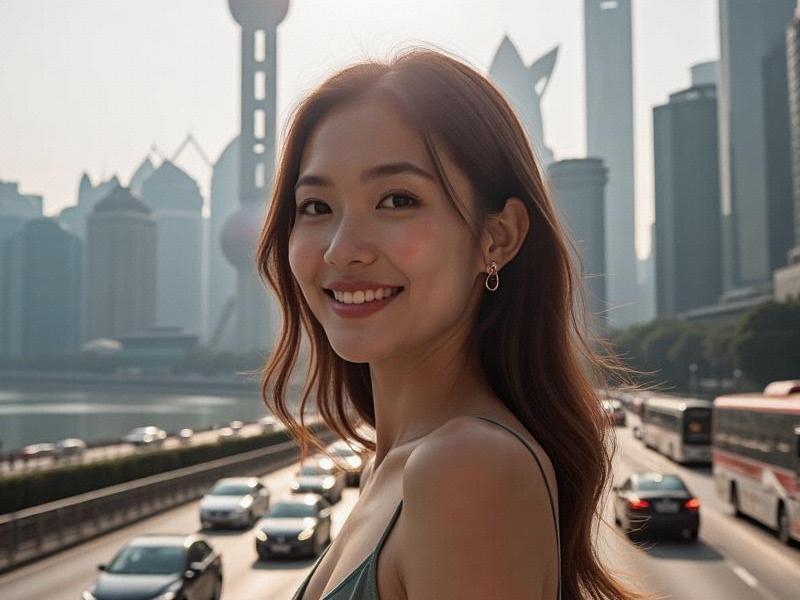This 2,800-word investigative feature explores how Shanghai maintains its unique historical character while aggressively pursuing its future as a global innovation hub, creating a fascinating urban laboratory of East-West synthesis.

The Architectural Time Machine
Walking along the Bund is like flipping through Shanghai's architectural diary:
- 1920s neoclassical (HSBC Building)
- 1930s Art Deco (Park Hotel)
- 1990s postmodern (Oriental Pearl Tower)
- 21st century futurism (Shanghai Tower)
Preservation Through Innovation
The Municipal Cultural Heritage Bureau reports:
- 1,284 protected historical buildings
- 73 heritage zones with strict conservation codes
- $2.3 billion annual preservation budget
上海夜生活论坛 Yet these sites now house:
- AI-powered climate control systems
- Augmented reality tour platforms
- Blockchain-based artifact authentication
The New Economic Alchemy
Shanghai's GDP composition reveals its transformation:
- 1950s: 65% manufacturing
- 2025: 58% services, 32% tech, 10% creative industries
Notable growth sectors:
- Biotech (+210% since 2020)
上海喝茶群vx - Green energy (+185%)
- Fintech (+160%)
Cultural Hybridization
Modern Shanghainese culture blends:
- Traditional tea ceremonies with digital payment
- Qipao fashion with smart fabrics
- Calligraphy with VR instruction
The Shanghai Biennale now attracts 850,000 visitors annually
The Human Mosaic
上海品茶论坛 Demographic shifts show:
- 23% foreign resident population
- 42% of residents born outside Shanghai
- 68% bilingual proficiency among under-35s
Challenges Ahead
Urban planners grapple with:
- Housing affordability crisis
- Climate resilience needs
- Cultural homogenization risks
As architect Ma Qingyun observes: "Shanghai doesn't choose between past and future - it dances with both simultaneously." This graceful balancing act continues to redefine what a global city can be.